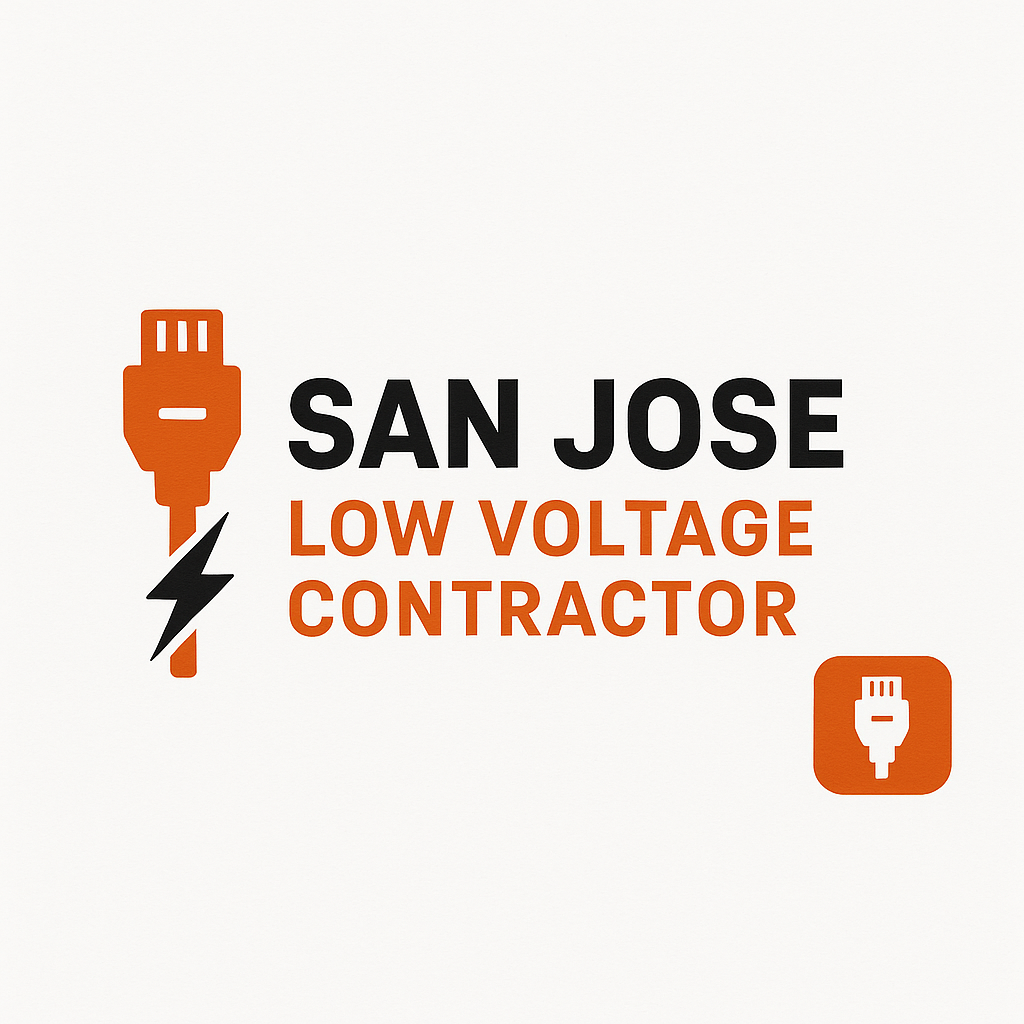San Jose Low-Voltage Building Codes: What You Need to Know
Low-voltage systems play a vital role in modern homes, offices, and commercial buildings. From structured cabling and security systems to access control and lighting controls, these systems rely on safe, code-compliant installation. In San Jose, all electrical and low-voltage work must meet both state and local building code requirements to ensure safety, reliability, and compliance.
Understanding these regulations helps property owners, contractors, and developers avoid costly mistakes and inspection failures. This article explains how San Jose adopts and enforces low-voltage building codes, the permits required, and best practices for compliance.
Overview of San Jose Building Code Framework
California Building Standards Code (Title 24)
San Jose enforces the California Building Standards Code, also known as Title 24. This set of regulations includes multiple parts covering building, electrical, plumbing, mechanical, and energy standards. Low-voltage wiring falls under the California Electrical Code, which is Part 3 of Title 24.
The city adopts and enforces these codes with local amendments to address regional safety and construction needs. All low-voltage projects must follow the 2022 code cycle currently in effect.
Local Code Enforcement
The City of San Jose’s Building Division ensures compliance through plan reviews, permit approvals, and on-site inspections. Even though low-voltage systems use less power than traditional electrical systems, they still must be installed according to electrical safety standards.
What Qualifies as Low-Voltage Work
Low-voltage systems operate at reduced power levels, typically 50 volts or less, and are designed for communication, data, and control applications rather than direct power delivery. Examples include:
- Data and network cabling
- Security cameras and access control systems
- Fire alarm and intercom systems
- Audio-visual wiring
- Lighting control and automation
- Doorbells, sensors, and thermostats
While these systems use lower voltage, improper installation can still cause electrical faults, interference, or safety hazards.
Permit and Inspection Requirements
When a Permit Is Required
In San Jose, a permit is often required for low-voltage work when the system affects building infrastructure, safety, or involves new wiring installations. Permits are typically needed for:
- Fire alarm and life-safety systems
- Security and surveillance systems
- Structured cabling in commercial buildings
- Lighting control or automation systems tied into the main electrical system
Simple residential low-voltage work, such as installing a doorbell or connecting low-voltage landscape lighting, may not always require a permit. However, when in doubt, it is always best to verify with the local building department before starting.
Inspections
The Building Division conducts inspections at different stages of installation. A rough-in inspection is usually required before walls or ceilings are closed, and a final inspection ensures the system operates safely and meets all code requirements.
Passing inspections confirms compliance with both the California Electrical Code and San Jose’s municipal amendments.
Key Installation and Safety Standards
Cable Routing and Separation
Low-voltage wiring must be separated from high-voltage electrical wiring to prevent interference and ensure safety. Cables running parallel to power lines should be spaced several inches apart, and crossings should occur at right angles whenever possible.
Conduit and Protection
Cables must be properly protected from physical damage. In certain environments, such as air-handling spaces or plenum areas, plenum-rated cables are required. Conduits may also be necessary depending on the system type and location.
Grounding and Bonding
Even low-voltage circuits must be properly grounded. Grounding helps reduce electrical noise and prevents damage from voltage surges. Metal enclosures or equipment housings must be bonded to the grounding system as required by code.
Outdoor and Underground Installations
Outdoor low-voltage wiring must be rated for moisture resistance and UV exposure. Direct burial cables must be installed at the required depth and protected against mechanical damage. Proper weatherproofing is essential to prevent deterioration over time.
Fire Safety and Energy Code Integration
When low-voltage systems are integrated with fire alarms or lighting controls, they must comply with additional safety and energy efficiency standards. San Jose enforces Title 24 energy regulations that cover lighting controls, occupancy sensors, and daylighting systems.
Common Mistakes and Misconceptions
1. Believing Low Voltage Requires No Permit
Many assume that because low-voltage systems use less power, they are exempt from permit requirements. In fact, most commercial low-voltage installations and any life-safety system require permits and inspections.
2. Ignoring Local Amendments
Even though the state codes provide the foundation, San Jose may add local rules to address unique construction conditions. Always verify city-specific amendments before beginning a project.
3. Skipping Inspections
Uninspected work can result in penalties or require removal if found noncompliant. Scheduling proper inspections ensures compliance and avoids future liability.
4. Improper Cable Routing
Running low-voltage cables too close to high-voltage circuits can cause interference and violate code. Proper separation must always be maintained.
Tips for Code Compliance in San Jose
- Plan Early – Incorporate code requirements into design drawings before installation begins.
- Hire Licensed Contractors – Only licensed electrical or low-voltage professionals should perform wiring work.
- Use Proper Cable Ratings – Select cables rated for the environment, including plenum or outdoor-rated types where necessary.
- Label and Document – Proper labeling of cables and components simplifies inspections and future maintenance.
- Request Inspections Promptly – Schedule inspections at the correct stages to prevent project delays.
- Stay Informed on Code Updates – Building codes are updated regularly. Always check the latest version before starting new work.
Conclusion
Low-voltage systems are an essential part of San Jose’s modern infrastructure, supporting communication, security, and automation. While they operate at lower power levels, they still fall under the same commitment to safety and compliance as high-voltage electrical systems.
Understanding and following San Jose’s building codes ensures that every installation is efficient, reliable, and compliant with local and state regulations. By securing the necessary permits, working with licensed professionals, and adhering to inspection requirements, property owners and contractors can ensure successful low-voltage projects that meet the city’s high standards for safety and performance.
